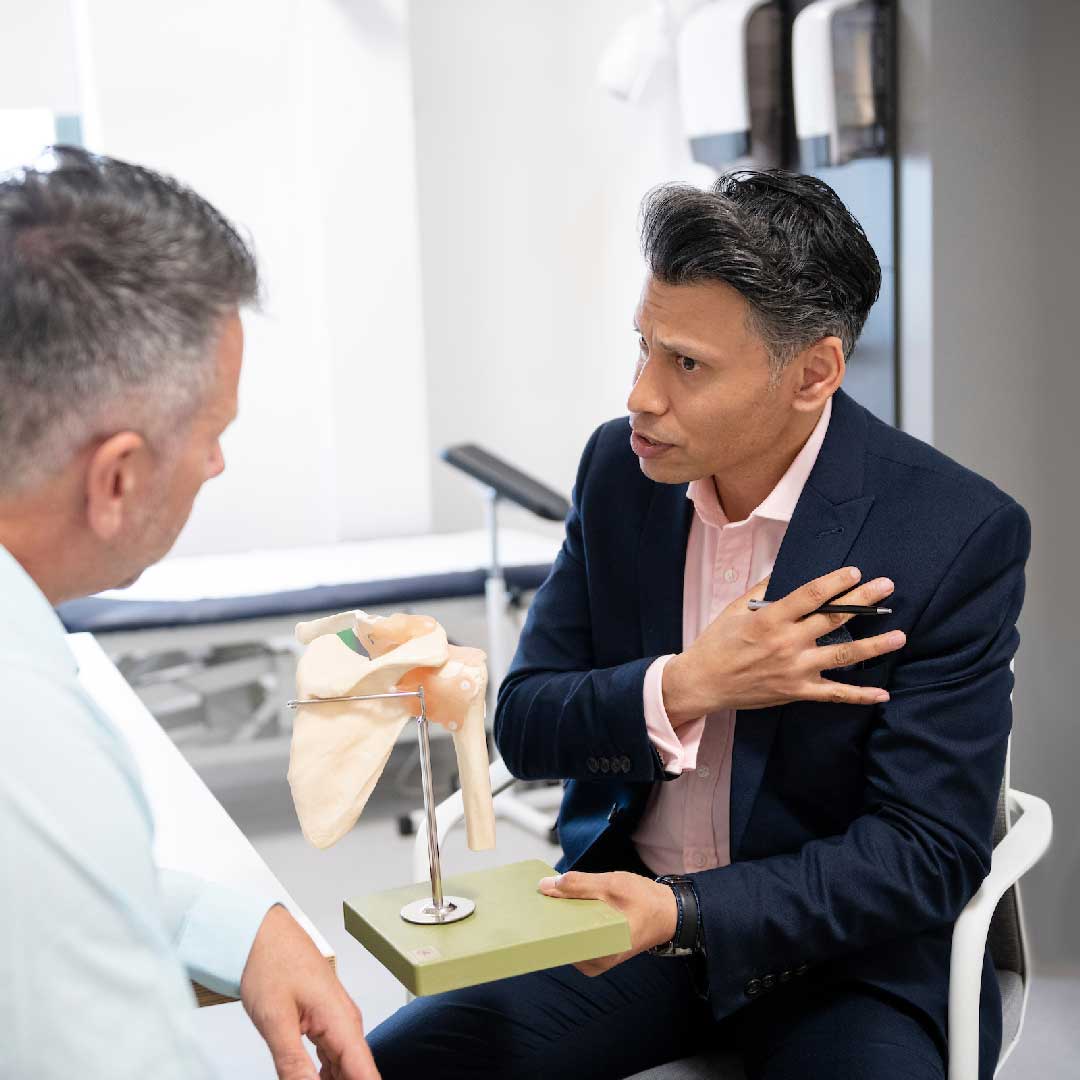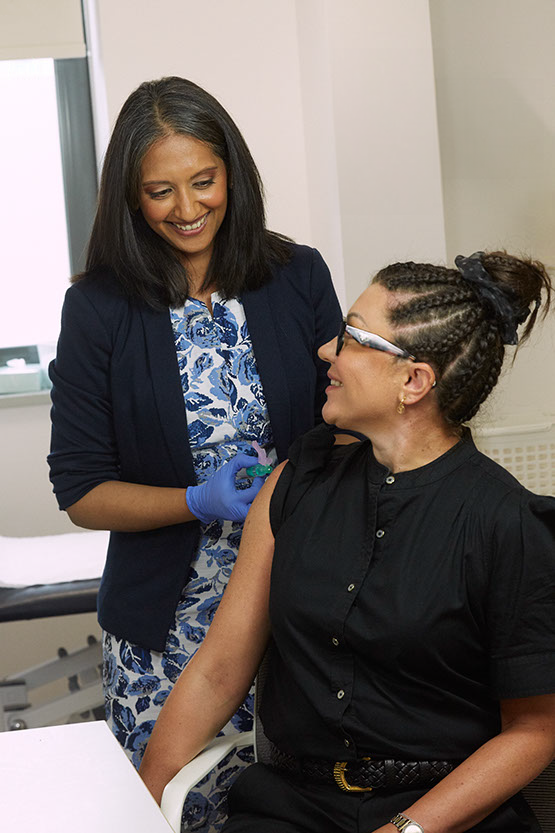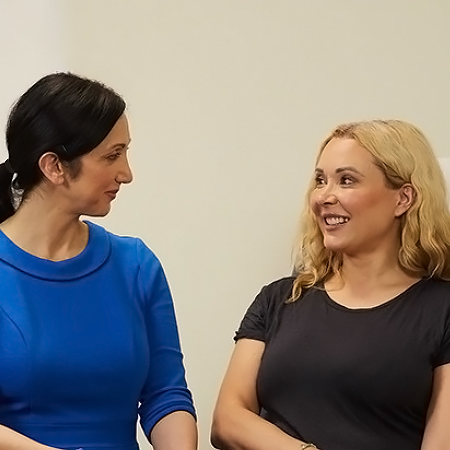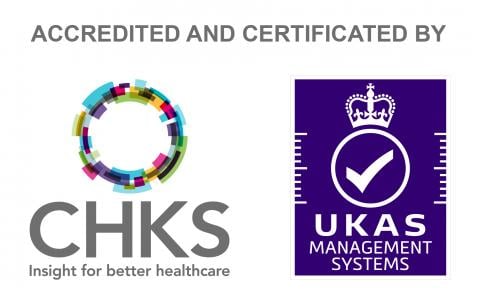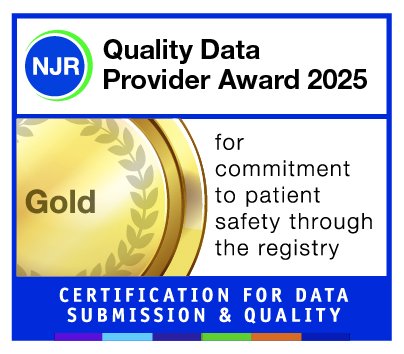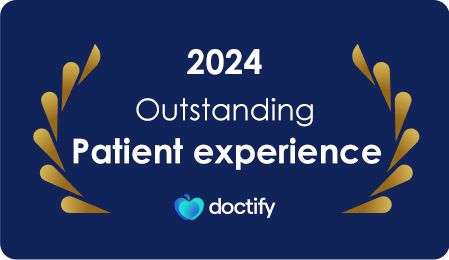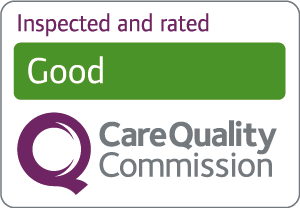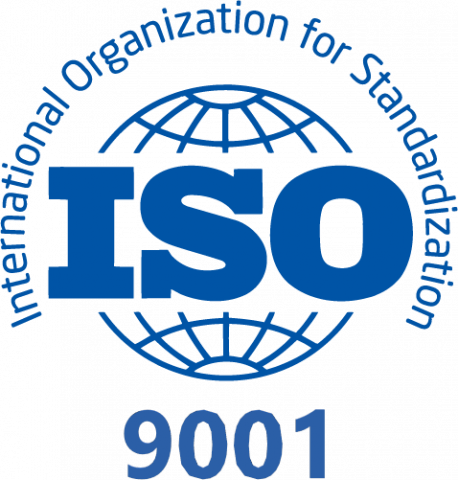Osteoporosis is a medical condition that causes the bones in the body to become weak and brittle over time. This means the bones of an individual suffering from the condition are more likely to fracture or break due to falls, mild bumps or stresses placed upon them.
Most commonly, Osteoporosis-related fractures occur in the hip, wrist or spine, but it is possible for this condition to affect the majority of bones within the body. At New Victoria Hospital, our leading Rheumatologists offer a number of private treatments for Osteoporosis that are designed to prevent deterioration and strengthen bones. Supported by a team of specialist nurses, and with access to the latest technology, they will ensure you receive the highest standard of care and feel comfortable and reassured throughout your stay.
Consultants and Clinic Times

Dr Israa Al-Shakarchi
Specialities
Rheumatology




